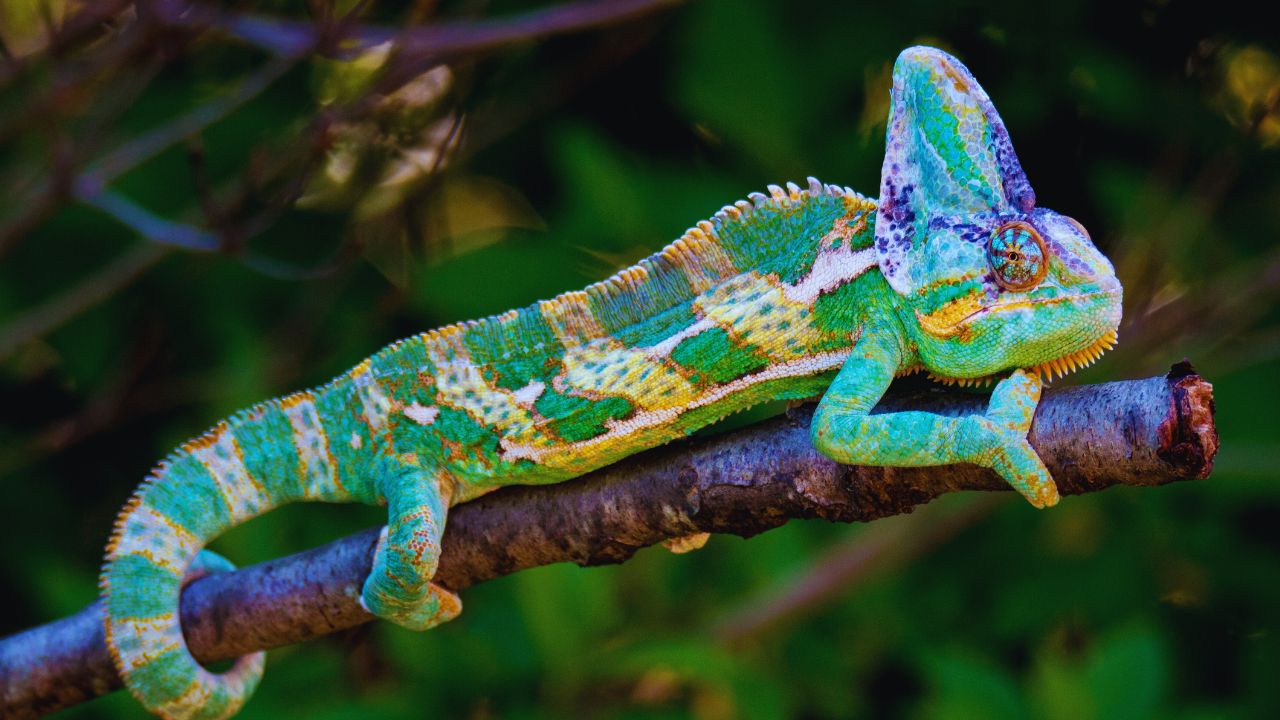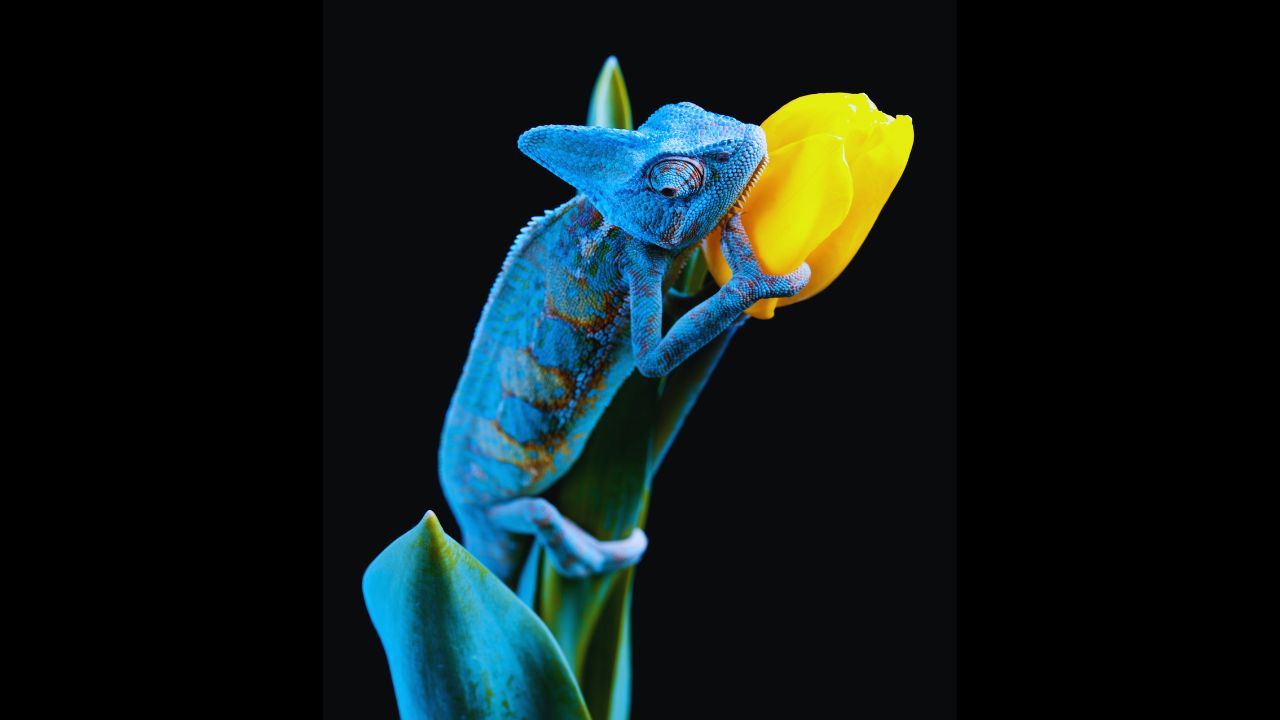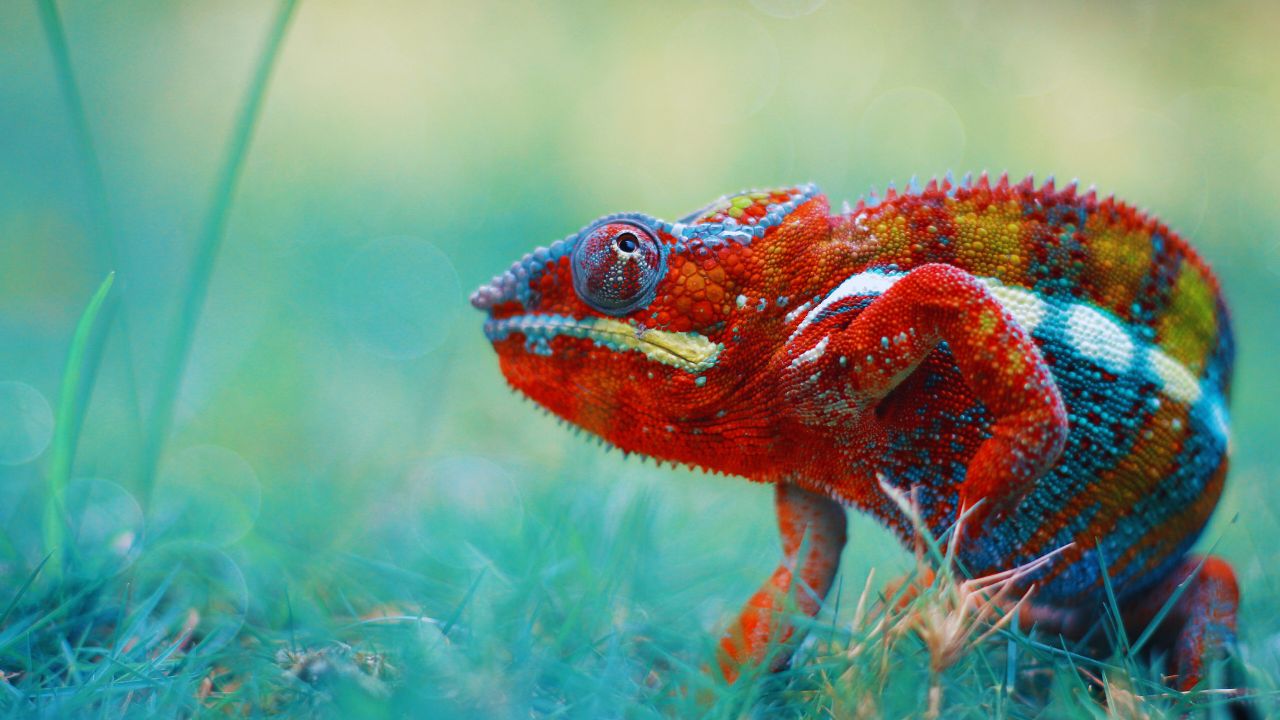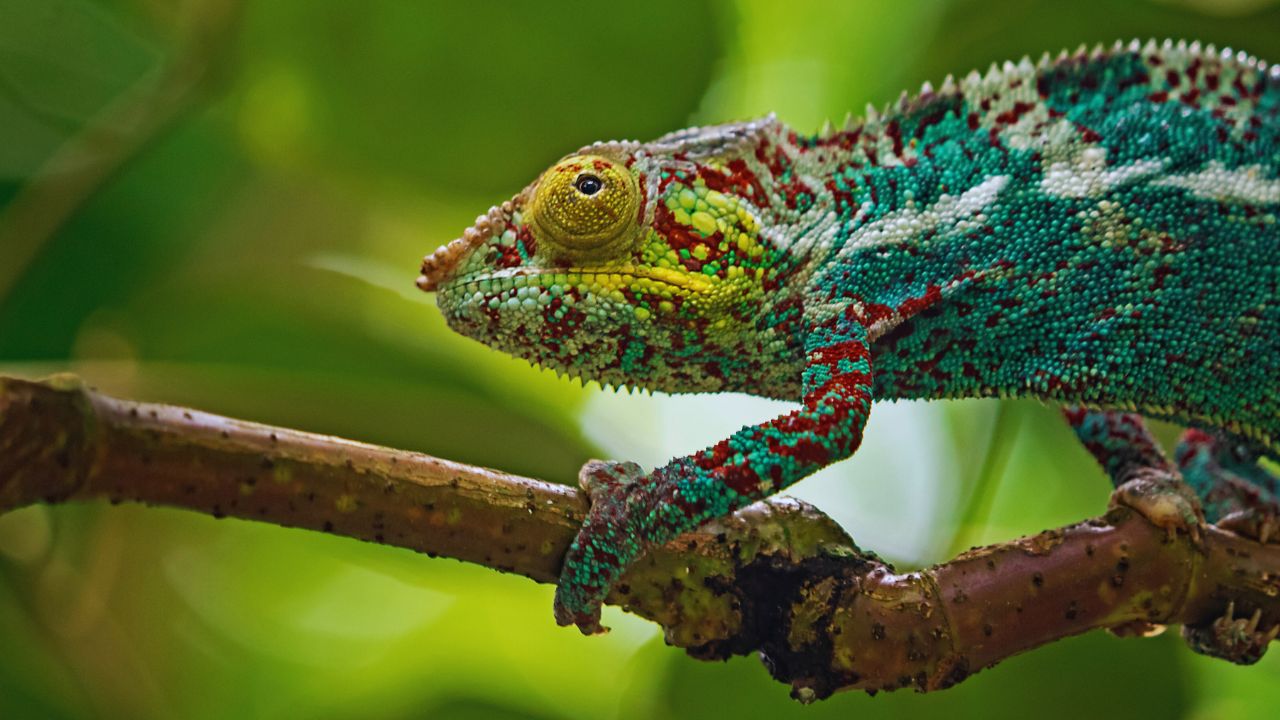Comprehending Chameleon Lifespans
Due to their unique looks and amazing color-changing capabilities, hameleons are becoming more and more popular as exotic pets. But prospective chameleon owners often enquire about the longevity of these fascinating animals. It is essential for potential pet owners to comprehend the lifetime of chameleons, including differences across species and factors influencing their longevity.

General Chameleon Lifespan
| Factor | Details |
|---|---|
| Average Lifespan | 2 to 7 years, depending on species. |
| Long-Lived Species | Some larger chameleons can live up to 25 years. |
| Gender Differences | Female chameleons generally have shorter lifespans due to the physical toll of reproduction. |
| Reproductive Impact | Frequent breeding can lead to a shortened lifespan for females. |
What to Expect from Chameleon Lifespan
Chameleons live between two and seven years on average. However, depending on the species, this may change considerably. It is known that certain bigger chameleon species may live up to 25 years or more, beyond this range. Let’s examine how the lifespans of different chameleon species vary and the elements that affect them in order to provide a better picture.
What Determines the Lifespan of Chameleons?
1. Variations within Species
The species of chameleons may have a big impact on how long they live. In general, bigger chameleons have longer lifespans than smaller ones. For example, one of the biggest species, the Parson’s chameleon, may survive for more than 20 years under the right circumstances. Smaller species, such as the pygmy chameleon, on the other hand, have far shorter lifespans—they typically live between six months and two years.
2. Disparities in Gender
Another factor influencing chameleon lifespan is gender. The lifespans of female chameleons are often shorter than those of males. The physical cost of reproduction plays a role in this discrepancy. The high levels of stress that female chameleons endure, especially during the egg-laying process, may have a negative impact on their lifespan and general health. The burden of producing eggs and the egg-carrying procedure often cause females to live shorter lives than males.
3. Obstacles in Reproduction
The length of chameleons’ lives is influenced by their reproductive cycle. The physical strain of producing eggs may lead to health issues in female chameleons who reproduce often. A shorter lifetime may result from this stress, particularly if the female receives insufficient care both before and after the breeding process.

Chameleon Life Cycle Stages
| Life Cycle Stage | Description |
|---|---|
| Egg Stage | Female chameleons lay 5–100 eggs; hatchlings are born ready to move and survive. |
| Juvenile Stage | Chameleons are considered juveniles until sexual maturity, which occurs in 1-2 years. |
| Adult Stage | Chameleons reach sexual maturity and can live a full adult life; this requires proper habitat and care. |
The Life Cycle of Chameleons
Understanding the chameleon life cycle from hatching to maturity is essential to appreciating the length of time these animals live.
1. Stage of Eggs
The majority of chameleon species lay eggs, but a small number of them are also known to give birth to live offspring, which is unusual for reptiles. Depending on their size and type, female chameleons may deposit anywhere from five to one hundred eggs. Chameleon hatchlings are born with all the survival instincts they need, including the ability to move around. As a critical adaptation for their survival in the wild, hatchlings are born prepared to explore their surroundings right away.
2. Early Stage
Until they attain sexual maturity, which usually happens between the ages of one and two, chameleons are regarded as juveniles. Chameleons experience substantial growth and development at this time. They pick up climbing and food hunting fast, and they have a keen sense of curiosity. Their growth and development depend on getting enough water and eating insects.
3. Stages of Adulthood
When a chameleon reaches sexual maturity, it is considered an adult. They may still be growing at this point even after they have attained their maximum reproductive potential. The size of adult chameleons varies greatly; some species may grow to be more than a foot long. A large habitat, enough of water, and healthy food are all essential for preserving their health and extending their lives.

Details on the Lifespan by Species
Every species of chameleon has unique lifetime characteristics. Here’s a deeper look at several popular types of pet chameleons, along with their typical life spans:
1. Chameleon with veils
One of the most common chameleons kept as pets is the Veiled Chameleon. These chameleons may survive anywhere from two to ten years in captivity, depending on a number of variables, including gender, food, and general care. The vivid colouring and characteristic head crest of veiled chameleons are well-known features.
2. The Chameleon of Jackson
In captivity, Jackson’s chameleons usually live between two and five years, and they are smaller than Veiled’s chameleons. Their distinctive look is attributed to the three horn-like protrusions on their heads, which serve as easy points of identification.
3. The Panther Chameleon
In captivity, the Panther Chameleon, which is distinguished by its eye-catching colours and patterns, typically lives between three and eight years. These chameleons are more appealing as pets since they come in a variety of colour variants.
4. The Pygmy Chameleon
Being among the tiniest chameleon species, the Pygmy Chameleon has the shortest lifetime. Typically, these little chameleons have a lifespan of six months to two years.
5. Chameleon of Oustalet
Although they are not very common as pets, Oustalet’s Chameleons may survive anywhere from three to ten years in captivity. Their prolonged lifetime is partly explained by the fact that they are one of the largest species of chameleon.
6. Chameleon of Meller
The lifetime of a Meller’s Chameleon may be four to twelve years. These are bigger chameleons that are renowned for both their striking size and the vivid colours of their young.
7. Chameleon of Parson
One of the biggest species of chameleons, the Parson’s Chameleon, may survive in captivity for more than 20 years. The usual lifetime is seven to thirteen years, however. For prospective pet owners, they need a big commitment because of their size and lifespan.

Lifespan by Chameleon Species
| Species | Average Lifespan | Details |
|---|---|---|
| Veiled Chameleon | 2 to 10 years | Popular pet with a wide range of lifespans depending on care. |
| Jackson’s Chameleon | 2 to 5 years | Smaller species with a shorter lifespan. |
| Panther Chameleon | 3 to 8 years | Known for its vibrant colours and moderate lifespan,. |
| Pygmy Chameleon | 6 months to 2 years | The smallest chameleon species has the shortest lifespan. |
| Oustalet’s Chameleon | 3 to over 10 years | Rare and larger species with a longer lifespan. |
| Meller’s Chameleon | 4 to 12 years | Larger chameleon with a relatively long lifespan. |
| Parson’s Chameleon | 7 to 13 years (up to 20+) | One of the largest chameleon species with the longest lifespan. |
How to Take Care of Chameleons to Increase Their Lifespan
For chameleons to enjoy long and healthy lives, proper care is required. The following important chameleon care factors may affect how long they live:
1. Natural Environment
The provision of a large, clean habitat is essential. For climbing and exploring, chameleons need plenty of room. Their wellbeing will be enhanced by an enclosure that is thoughtfully constructed, complete with branches, hiding places, and the right amount of humidity.
2. Nutrition and Drinking Water
It’s essential to eat a balanced diet and drink enough water. Although their primary food is insects, chameleons should also be fed a range of suitably sized prey. It is also crucial for your chameleon’s health to make sure it has access to clean water.
3. Health Surveillance
It’s crucial to get regular health examinations and monitoring. Be alert for symptoms of stress or disease, and take quick care of any health problems. Creating a stress-free atmosphere will also contribute to preserving their general well-being and lifespan.






